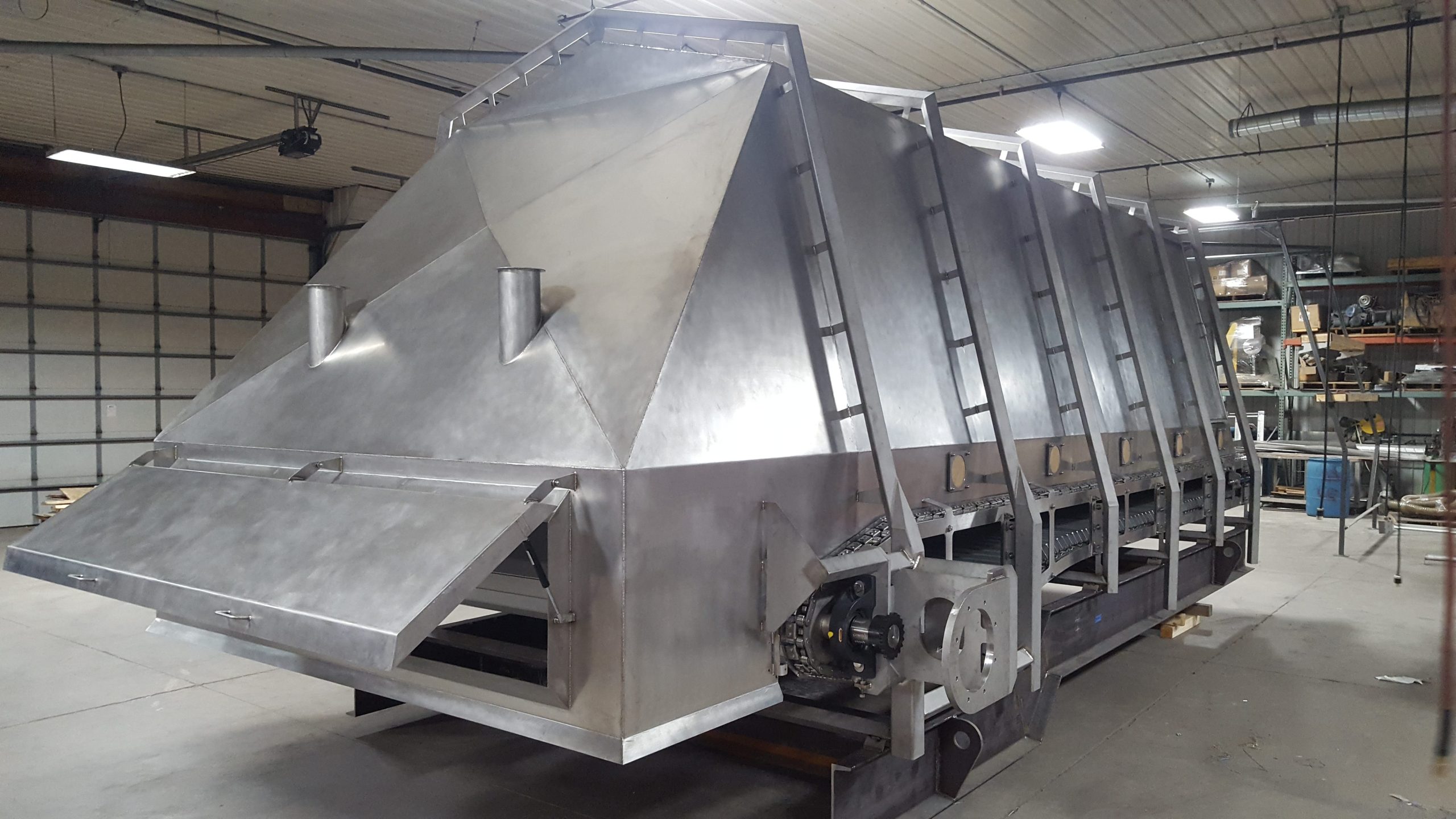
Understanding the Basics of Custom Steel Fabrication
Embarking on any construction or industrial project requires a strong foundation in materials and processes. When it comes to steel, understanding the fundamentals of Custom steel fabrication is essential for ensuring durability and precision. This process involves designing, cutting, shaping, and assembling steel components to meet specific project requirements. By mastering the basics, project managers and fabricators can avoid costly mistakes, reduce material waste, and enhance the overall quality of the final product. A thorough understanding of steel grades, welding techniques, and fabrication standards is critical for achieving optimal results.
Planning Your Custom Steel Fabrication Project
Successful projects start with meticulous planning. Every custom steel fabrication project benefits from a clear blueprint that outlines specifications, dimensions, and expected outcomes. Planning includes determining the right type of steel for the project, understanding load requirements, and ensuring compliance with safety standards. Additionally, scheduling and budgeting are key components that prevent delays and cost overruns. Taking the time to plan thoroughly ensures that every stage of fabrication runs smoothly and efficiently, ultimately saving time and resources.
Choosing the Right Materials
Selecting the proper materials is a cornerstone of effective custom steel fabrication. Not all steel types perform equally under stress or environmental conditions, so choosing the right alloy, thickness, and treatment can make a significant difference. Factors such as corrosion resistance, tensile strength, and ease of welding must be considered. High-quality steel ensures longevity and structural integrity, while the wrong choice can compromise safety and performance. Consulting with material experts and reviewing project specifications can help fabricators make informed decisions that enhance the final product.
Precision in Design and Measurements
Accurate design and precise measurements are vital for any custom steel fabrication project. A small error in dimensions can lead to misalignment, weak joints, or the need for costly rework. Advanced tools such as CAD software, laser measuring devices, and CNC machinery help maintain accuracy from design to assembly. Fabricators must also ensure that design plans are communicated clearly to all team members to avoid mistakes during cutting, bending, or welding. Precision at every step guarantees that components fit perfectly and perform reliably under stress.
Efficient Cutting and Shaping Techniques
Cutting and shaping steel are core activities in custom steel fabrication. Techniques like plasma cutting, laser cutting, water jet cutting, and mechanical shearing allow for precise shaping of components. Each method has its advantages depending on the complexity and scale of the project. Accurate cutting reduces material waste and ensures components fit together seamlessly during assembly. Additionally, proper shaping techniques minimize stress points in the steel, enhancing durability and structural integrity. Skilled operators and the right equipment are essential for achieving these results efficiently.
Welding and Joining Methods
Welding and joining are crucial stages in custom steel fabrication. The choice of welding method—whether MIG, TIG, or stick welding—depends on the type of steel, project requirements, and desired strength of the joint. Proper preparation of surfaces, including cleaning and preheating when necessary, ensures strong, lasting welds. Besides welding, other joining methods such as bolting, riveting, or adhesive bonding may be used for specific applications. Attention to detail during this stage is critical to avoid weak points and ensure the fabricated structure can withstand operational loads.
Quality Control and Inspection
Quality control is non-negotiable in any custom steel fabrication project. Inspections at each stage—from raw material selection to final assembly—help identify defects, alignment issues, and inconsistencies. Non-destructive testing methods, such as ultrasonic testing, radiography, or magnetic particle inspection, allow fabricators to detect internal flaws without damaging components. By maintaining strict quality control, projects meet safety standards, reduce the risk of failure, and enhance client satisfaction.
Finishing and Surface Treatments
Finishing and surface treatments are often overlooked but play a significant role in custom steel fabrication. Techniques such as galvanizing, powder coating, and painting protect steel from corrosion, wear, and environmental damage. Proper finishing also improves the aesthetic appeal of the final product, which is particularly important for architectural or visible structural applications. Selecting the right surface treatment for the intended environment ensures long-lasting performance and reduces maintenance costs.
Collaborating with Experienced Fabricators
Partnering with experienced professionals is crucial for successful custom steel fabrication. Skilled fabricators bring expertise in material selection, precision cutting, welding techniques, and project management. Their knowledge ensures that the project progresses smoothly, meets design specifications, and adheres to safety standards. Effective collaboration between engineers, designers, and fabricators helps anticipate challenges and implement solutions before issues arise, resulting in a more efficient and reliable outcome.
Conclusion
Executing a successful custom steel fabrication project requires careful planning, material selection, precision in design, and expert craftsmanship. Every stage—from cutting and welding to finishing and quality control—contributes to the durability, safety, and aesthetics of the final product. By understanding the process, using the right materials, and collaborating with skilled professionals, you can achieve superior results that stand the test of time and meet the specific needs of any project. Emphasizing these strategies ensures that every custom steel fabrication project is completed efficiently, cost-effectively, and to the highest standards.